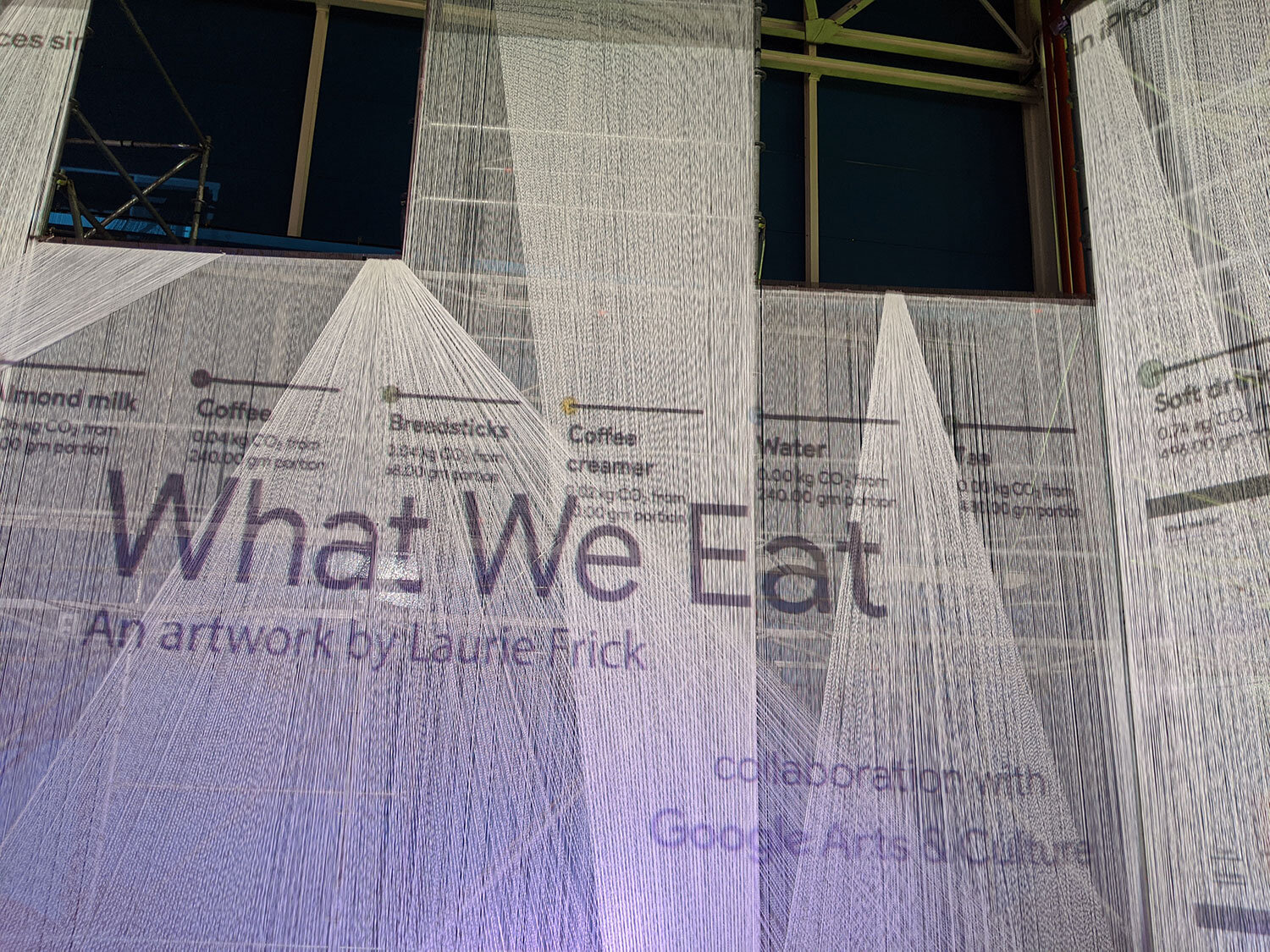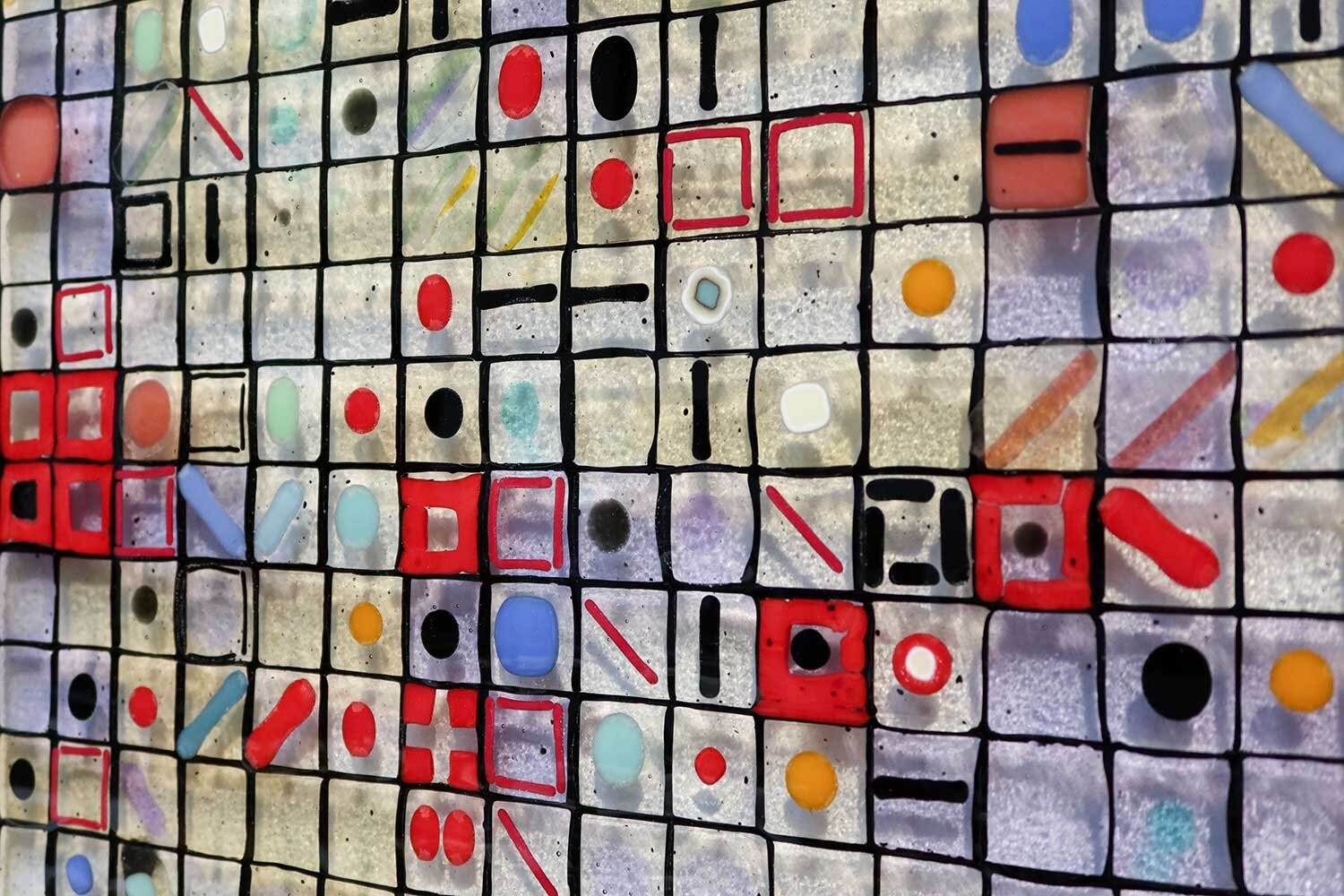Lexus asked me to make art about a new car
/Something is changing, a few years ago I’d been approached by some big-name magazines (O yeah) and even morning shows…. and then, they’d never happen. I always figured they realized I was keen on technology, but not 35 years old, and these opportunities faded away. So was very, very surprised when a creative director approached me to make art and film a video for Lexus and after the usual check, double-check, they picked me.
During the 12 hour shoot at a hipster studio in a very funky part of south central LA I asked that same 28 year old creative director, how did you find me? “instagram!” — but did you know I was old when you selected me, we didn’t zoom with the Director and Producer until after the agreement was signed? “oh honey, we have the internet” she exclaimed, laughing. “We had a whole profile on you we showed the client”. Turns out social media spots are more interested in authenticity than hipster-youth. Seriously, something has turned.
The idea was, technology means nothing unless it makes you feel something. And they wanted a data artist to make a piece of art to humanize and make sense of some engineering. Here’s the spot
Filmed and produced by Uproxx Media, agency Team One, client Lexus — with data artist Laurie Frick
















